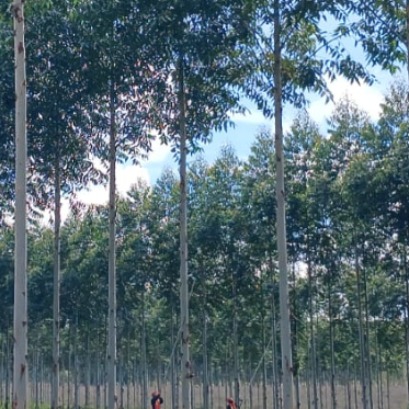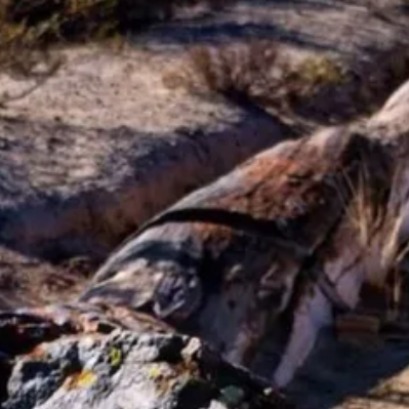
EXPOBIOMASA 2017 afronta la recta final de inscripción de expositores
Con un aumento del 30% de la superficie expositiva.
A tres meses de la inauguración, Expobiomasa 2017, ya cuenta con el 93% de la superficie expositiva reservada por empresas procedentes de 30 países. Expobiomasa 2017 superará los 34.000m² de superficie expositiva, 8.000 más que la edición de 2015.
Los profesionales interesados ya pueden acceder a la Acreditación Profesional online, que será gratuita hasta el 31 de agosto, a través de la web de Expobiomasa, para evitar esperas en la entrada al recinto, conseguir un plan de visitas personal además de descuentos y regalos.

IT MAY INTEREST YOU
 Paraguay | The plantations became instruments of territorial development and the generation of decent employment, INFONA highlights.
Paraguay | The plantations became instruments of territorial development and the generation of decent employment, INFONA highlights.
Plantings in different phases, control of ants and weeds, pruning and thinning, mechanized harvest, technology applied to the field and complete integration of the production cycle were part of the CREA Forestal proposal in its Technical Update Conference – JAT Forestal 2025. The event took place on Friday, November 14, at Estancia Ñemity, located in San Juan Nepomuceno, Caazapá, where agricultural producers, technicians, contractors, students and companies in the sector met to observe the forestry business of the future in action.
 The forest of the oldest shadows: the story of the petrified trees
The forest of the oldest shadows: the story of the petrified trees
One of the natural treasures of Río Negro turns 23 years old under the protection law that allows its conservation. Where it is and how it was formed. Río Negro celebrates 23 years of conservation in the petrified forest as a Protected Natural Area (ANP). It is a space of 625 hectares that protects an exceptional site of fossil trunks that date back more than 60 million years.
 Experts cant believe it, but this tree is the oldest in the world and continues to bear fruit: it is 4,000 years old.
Experts cant believe it, but this tree is the oldest in the world and continues to bear fruit: it is 4,000 years old.
Nature keeps secrets that defy the passage of time, and one of the most surprising examples is a tree that, approximately 4,000 years old, continues to bear fruit today. This specimen has become a symbol of resistance and longevity, capable of surviving climate changes, landscape transformations and human activity itself.





















